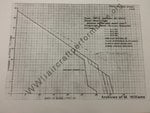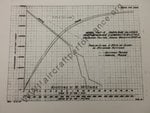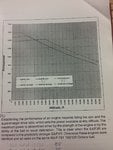Bell P-39 Airacobra - Wikipedia
A total of 149 P-39s would be used: the P-39N for training, while newer Qs were used in the front line....
You see, even the Italians realized how inadequate the P-39N was and relegated it to non-combat units!
Not only, but in the strafing missions in the Balkans, knowing that P-39s, of any Mk, were easy meat for G-6s and G-10s, Regia Aeronautica had to escort them with the few worn-out Macchi 205 remaining. Strange, for a fighter escort...
Last edited:



